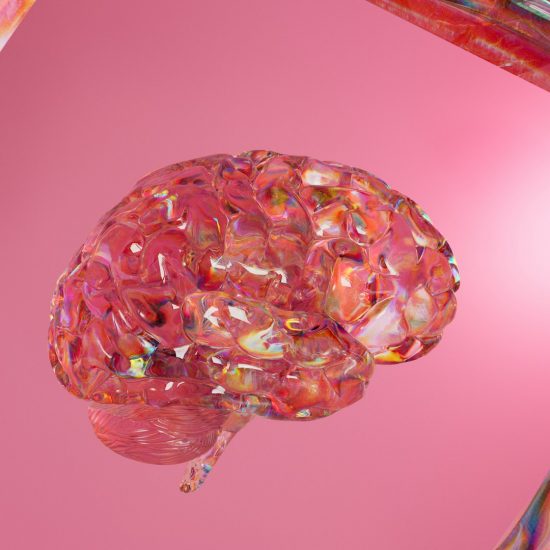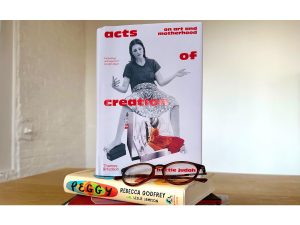Digital art has emerged as a revolutionary medium that has transformed the landscape of creativity and visual expression. This modern art form leverages technology to create pieces that are not only visually stunning but also highly versatile. In this article, we will explore the various aspects of digital art, its evolution, the tools and techniques used by artists, its impact on traditional art forms, and the future it holds.
The Evolution of Digital Art
From Pixels to Masterpieces
The journey of digital art began with the advent of computer technology. In the beginning, it was created using basic software and limited computing power. Artists used primitive pixel-based programs to create simple images, which laid the groundwork for more sophisticated digital artwork. As technology advanced, so did the complexity and quality of digital art. Today, artists have access to powerful software that allows them to create intricate and detailed pieces.
Milestones in Digital Art History
Several key milestones have marked the evolution of digital art. The introduction of software like Adobe Photoshop in the late 1980s and early 1990s was a game-changer, providing artists with a robust toolset for creating and editing digital images. The rise of the internet further propelled the creation of digital artworks by providing a platform for artists to share their work with a global audience. The development of digital tablets and styluses has also been instrumental, allowing artists to draw and paint directly into their computers with unprecedented precision.
Influence of Technology on Artistic Expression
Technology has not only provided new tools for artists but has also expanded the boundaries of artistic expression. Digital art can incorporate elements such as animation, 3D modeling, and virtual reality, offering artists new ways to tell stories and engage with their audience. This technological integration has led to the creation of immersive art experiences that were previously unimaginable.
Tools and Techniques in Digital Art
Software and Hardware Essentials
Modern digital artists rely on a variety of software and hardware to create their works. Popular software includes Adobe Creative Suite (Photoshop, Illustrator, After Effects), Corel Painter, and Procreate. These programs offer a range of features that cater to different styles and techniques. Hardware essentials include high-resolution monitors, graphics tablets like Wacom, and powerful computers capable of handling complex rendering tasks.
Techniques and Styles
Digital art encompasses a wide range of techniques and styles. Some artists focus on digital painting, using software to mimic traditional painting techniques. Others specialize in 3D modeling and animation, creating lifelike characters and environments. Vector art, which uses mathematical equations to create clean and scalable images, is another popular style. Additionally, collages and mixed media art combine various elements to create unique compositions.
Source: Flickr.com / digital painting
Learning and Mastering Digital Art
Learning digital art requires a combination of artistic skill and technical knowledge. Many artists start with online tutorials and courses to understand the basics of the software. Practice and experimentation are key to mastery, as is staying updated with the latest trends and tools. Communities and forums provide valuable resources and support for aspiring digital artists, allowing them to share their work and receive feedback.
Impact on Traditional Art Forms
Blending Traditional and Digital Techniques
Many contemporary artists blend traditional and digital techniques to create hybrid works. This approach allows them to combine the tactile quality of traditional media with the versatility of digital tools. For instance, an artist might start with a hand-drawn sketch and then use digital software to add color and effects. This fusion of techniques has led to the development of a unique and diverse artistic style.
Expanding Artistic Possibilities
Digital art has expanded the possibilities for artistic expression. Artists are no longer confined to physical materials and can experiment with different forms and mediums. This freedom has led to the creation of innovative and experimental works that challenge the conventions of traditional art. Digital art also allows for easy duplication and distribution, enabling artists to reach a wider audience without the limitations of physical galleries.
Changing the Art Market
The rise of digital art has also had a significant impact on the market. Online platforms and marketplaces have made it easier for artists to sell their work and for collectors to discover new talent. Art can now be sold in various formats, including prints, files, and NFTs (non-fungible tokens). The introduction of NFTs has revolutionized the way digital artworks are bought and sold, providing a new avenue for artists to monetize their creations and for collectors to invest in digital assets.
The Role of Digital Art in Pop Culture
In Media and Entertainment
Digital art plays a crucial role in media and entertainment, from movies and video games to advertising and design. Concept artists and illustrators use digital tools to create visual representations of characters, environments, and scenes. These visuals are then used as references for animators, modelers, and other production artists. Digital artworks are also featured prominently in music videos, album covers, and marketing campaigns, contributing to the visual identity of brands and artists.
Source: Flickr.com / digital art 3D modeling
Social Media
Social media platforms have become a vital space for digital artists to showcase their work and connect with audiences. Sites like Instagram, Pinterest, and Behance provide a visual-centric platform where artists can share their latest creations, process videos, and tutorials. These platforms have democratized the art world, allowing independent artists to build a following and gain recognition without the need for traditional galleries or agents.
Digital Art in Fashion and Design
Its influence extends to fashion and design. Designers use digital tools to create patterns, textures, and visual effects for clothing and accessories. Digital fashion shows, where garments are presented through virtual models and environments, are becoming increasingly popular. Additionally, digital art techniques are used in interior design, creating custom wallpapers, murals, and decor that blend seamlessly with modern aesthetics.
The Future of Digital Art
Emerging Technologies
The future of digital art is closely tied to emerging technologies such as artificial intelligence (AI), augmented reality (AR), and virtual reality (VR). AI can assist artists by generating ideas, automating repetitive tasks, and enhancing creativity. AR and VR offer immersive experiences, allowing artists to create interactive and 3D art that viewers can explore in a virtual space. These technologies promise to push the boundaries of what is possible in digital art.
Sustainability
Digital art offers a more sustainable alternative to traditional art forms, as it reduces the need for physical materials and waste. Files can be easily stored, shared, and duplicated without the environmental impact associated with physical art production. As concerns about climate change and sustainability grow, creating art digitally provides an eco-friendly option for artists and collectors alike.
The Expanding Digital Art Community
The digital art community continues to grow, with artists from all over the world contributing to its evolution. Online platforms and virtual galleries provide spaces for artists to exhibit their work and connect with others. Collaborations and cross-disciplinary projects are becoming more common, fostering a vibrant and diverse artistic ecosystem. As technology continues to advance, the community will likely expand further, embracing new tools and ideas to create groundbreaking works.
Conclusion
Digital art has come a long way from its humble beginnings, evolving into a dynamic and influential form of artistic expression. With its blend of technology and creativity, it continues to push the boundaries of what is possible, offering endless possibilities for artists and audiences alike. As we look to the future, it is clear that digital artworks will remain a vital and exciting part of the world in the 21st century and beyond.




